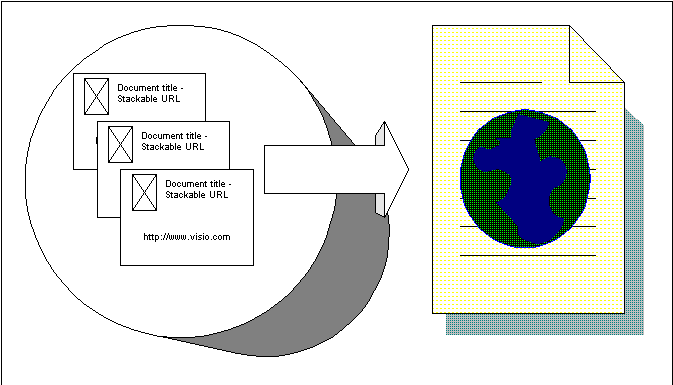3k. Write meta-tags to have your pages found.
-
In the page content, and your meta descriptions in the head, include short, highly charged phrases that answer questions that a user might ask:
- Sum up the content in a series of keywords that appear in the regular text of the page, in the title, in the headings, and in the meta tags for Description and Keywords.
- Make sure that the title still reflects the content of the page.
- In your description, put the gist of your pitch into the first 150 words. (You can ramble on beyond that limit, but you want the first part to communicate to potential users, who see the text in a set of search results.) Only use words that really describe the content of your page.
- In the keywords, include important phrases, but do not repeat the same word over and over. Include misspellings, though, in case the search engines fail to correct someone’s typos. Include lots of synonyms—if someone might use one of those words to locate your page. Only use words that really describe the content of the page.
- Write alternate text for all images, emphasizing keywords.
- Write linktext so that it echoes your main subject.
- Include a description in the page header.
<META NAME="description" CONTENT="Free information about volcanoes, for students and teachers. Tour key volcanoes of Hawaii and Italy, with close-up images of lava flows, before and after shots, and timelines.">
- Make sure the first sentence of your description sums up the page in 150 words or so, because that’s all most search engines will display.
- Add specific keywords from the body to the page header, to show relevance.
<META NAME="keywords" CONTENT="Haleakala, Halemaumau, Vesuvius, Aetna, volcano, volcanoes, lava, aa, crater, Hawaii">
- Tell robots that all your content is available (if true).
<META NAME="robot" CONTENT="all">
- Invite spiders back.
<META NAME="revisit" CONTENT="15 days">

Other ways to make links hot
3a. Make clear what the user will get from the link.
3b. Within a sentence, make the link the emphatic element.
3c. Shift focus from the links or linked-to documents to the subject.
3d. Provide depth and breadth through plentiful links to related information within your site.
3e. Establish credibility by offering outbound links.
3f. Make meta information public.
3g. Write URLs that humans can read.
3i. Tell people about a media object before they download.
3j. Announce the new with special links.
Resources on writing links
Heuristic Online Text (HOT) Evaluation for Links
